Surprising Story: The Princess de Lamballe at Rambouillet
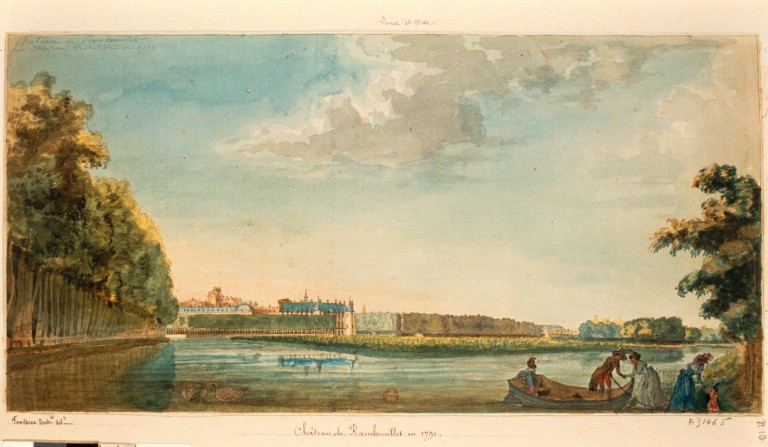
Château de Rambouillet, 1791 – Dessin de Fontaine, Pierre-François-Léonard (1762-1853)
Garden enthusiasts looking to escape the crowds in Paris often choose to visit Versailles or Giverny, but we recommend that visitors venture further off the beaten path in order to visit the Château de Rambouillet. Located approximately 50 kilometers south of the capital, the castle offers a delightful encounter with two of the best-preserved examples of French eighteenth-century garden architecture—an ornamental dairy and a seashell-encrusted grotto—built for Queen Marie-Antoinette and her lady of waiting, the Princesse de Lamballe. Our two-part Surprising Story feature explores the history of the chateau and the legacy of these two esteemed royals and garden patrons.
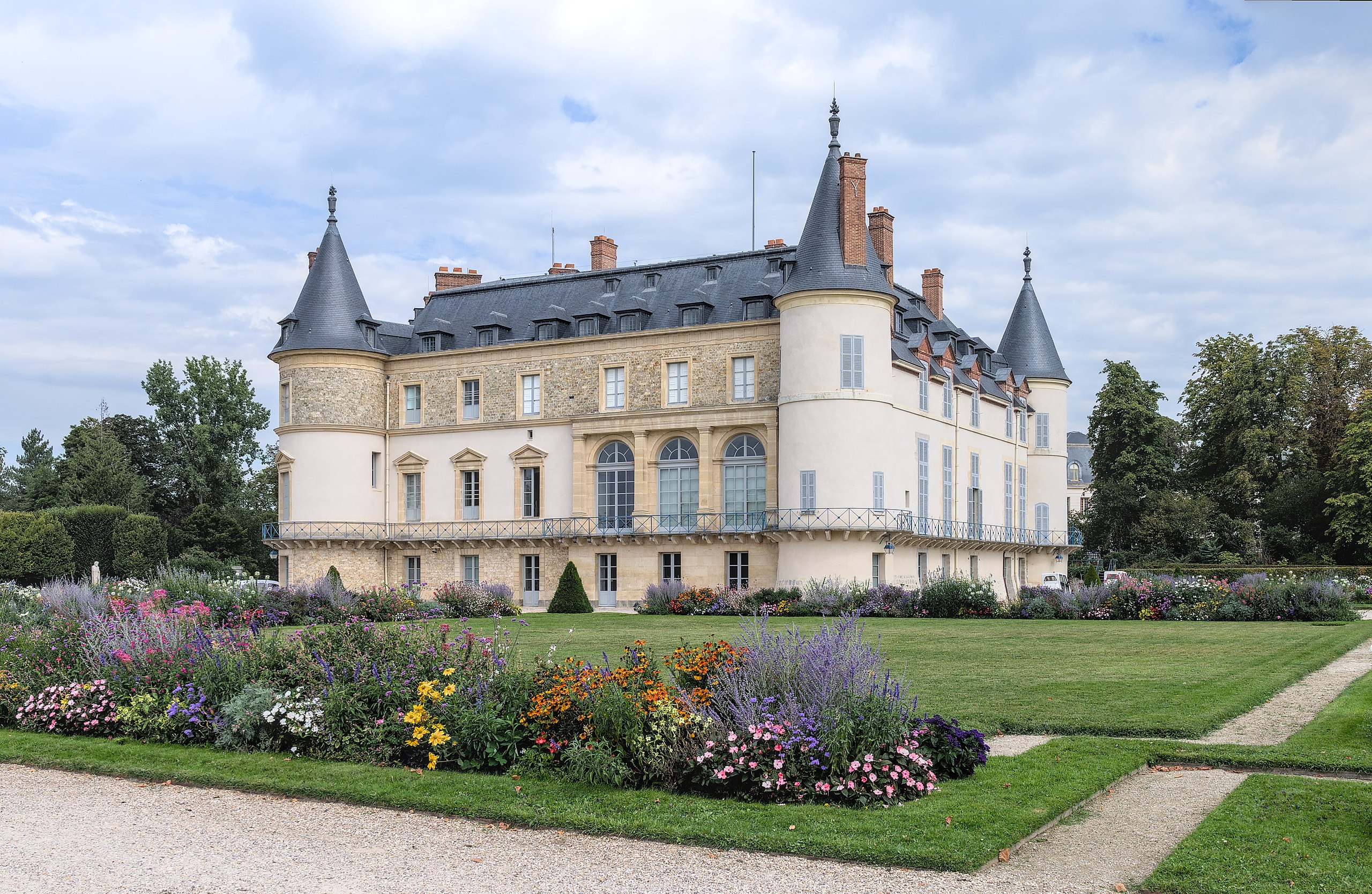
Château de Rambouillet. Photo: Trougnouf (Benoit Brummer) / CC
The Château de Rambouillet was originally built as a fortified manor home at the beginning of the Renaissance. For the majority of the eighteenth century, the château belonged to the Duc de Toulouse, his legitimized son, and his grandson, the Duc de Penthièvre. The immensely wealthy Duke was born and raised at Rambouillet, where he oversaw the education of both his son, the the Louis Alexandre Bourbon, the Prince de Lamballe, and his daughter, who would go on to become the Duchesse du Chartres and the future mother of France’s last king, Louis-Philippe. Unfortunately, the Prince de Lamballe, a known libertine, died at the age of 19 from syphilis, survived by his young wife, the Princesse de Lamballe. Born in Turin, Italy, the Princess decided to remain under the protection of her father-in-law in France where she lived for the next thirty years until her violent death in 1792 during the French Revolution.
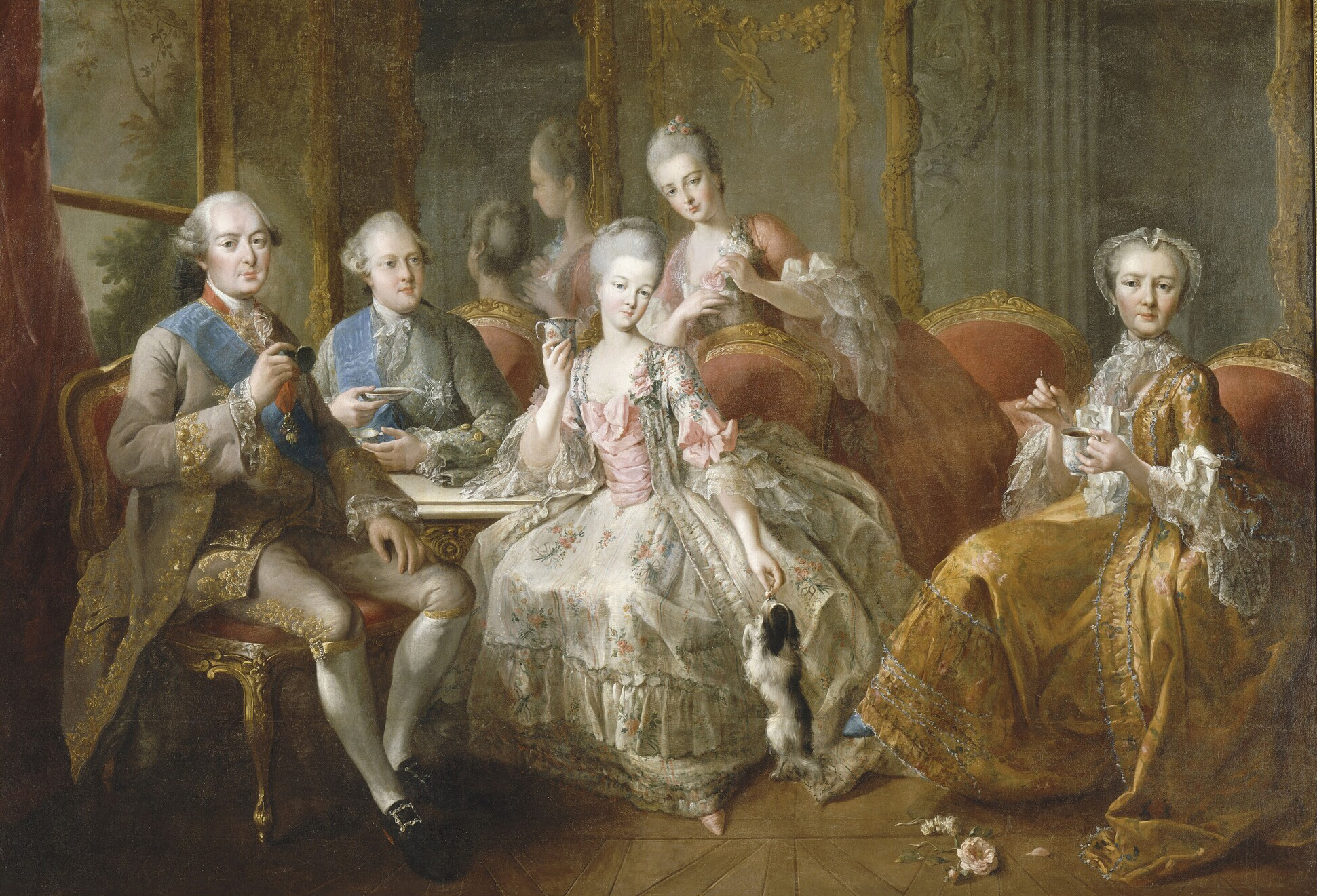
The Family of the Duc de Penthièvre in 1768 (with the Princesse de Lambelle in center), by Jean-Baptiste Charpentier le Vieux, 1768.
From 1779 to 1780, Penthièvre and his daughter-in-law collaborated on the construction of an English garden, located to the east of the formal gardens and at the edge of the property’s famed hunting forest. The Duke and the Princess constructed three buildings in the fashionable Anglo-Chinese style– a Chinese kiosk, a hermitage, and a chaumière or thatch cottage. The chaumière survives intact and was restored in 2005.
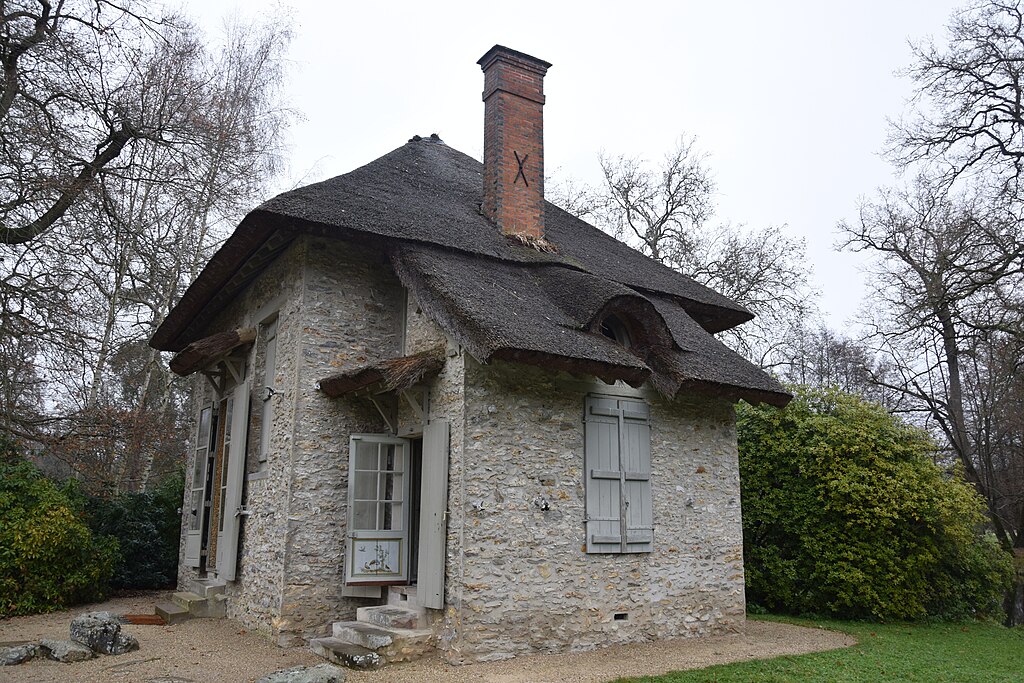
Château de Rambouillet – Chaumière. Photo: Chatsam / CC
The rustic appearance of a thatched cottage masked a surprising and marvelous interior, fully decorated in cockles, mussels, abalone, oysters, corals, glass, and marble attached with mortar. The shells were combined to resemble niches, neoclassical columns, and decorative friezes. The marvelous display of shells is dazzling; the shimmering surfaces, artful combinations, and floral patterns delight the eye and animate the surfaces.
Certainly, because the cottage was designed to recall the tradition of Italian and French grottos of the seventeenth century, we can imagine the Princess taking a stroll to her chaumière to enjoy a cool respite on a hot summer’s day. A delicately painted boudoir, where the Princess could rest, offered a welcome getaway from the château. The Princess, who suffered poor health, in all likelihood having contracted a disease from her husband, must have appreciated the quiet retreat.
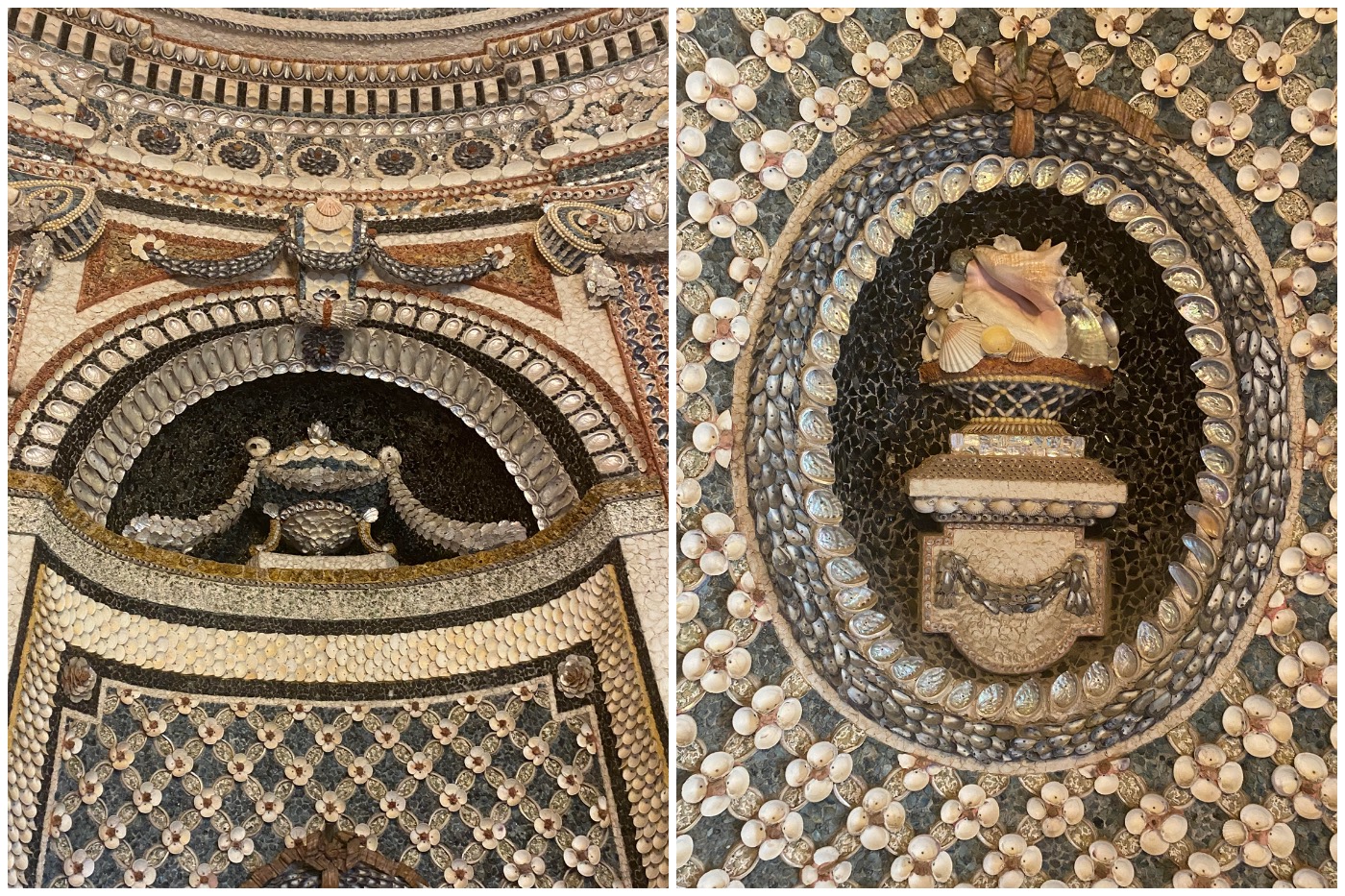
Château de Rambouillet – Chaumière detail. Photo: Picturesque Voyages
Nonetheless, the shell-encrusted surfaces also recall the Duke’s own status, as admiral in the French navy and Governor of Brittany. Bringing shells to the forest illustrated the Duke’s position as one of the wealthiest princes in Europe, owning properties across France. This cottage was not only surprising, but also attested to his influence in maritime trade.
Despite this idyllic setting, the Duke was forced to sell the property to his cousin Louis XVI in 1783, who coveted its hunting forests and decided to finance an experimental farm and nursery on the estate. The deeply disappointed Duke moved to his family estate in Dreux, where the Penthièvre family is buried today. Neither the Duke nor the Princess de Lamballe survived the French Revolution, their shell-encrusted chaumière remains a remnant of one of the lesser-known aspects of late eighteenth-century French garden history.
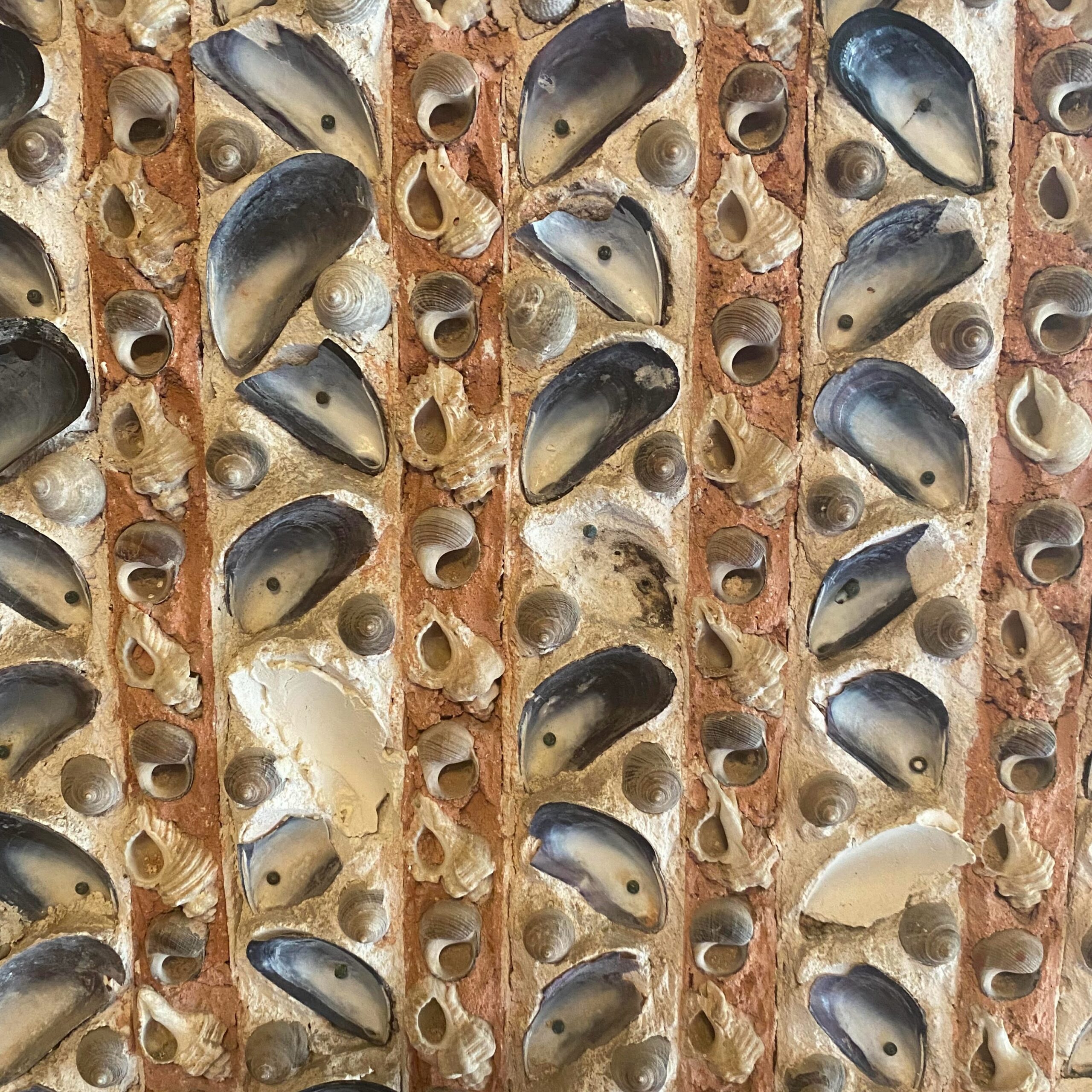
Château de Rambouillet – Chaumière detail. Photo: Picturesque Voyages
To learn more about Louis XVI at Rambouillet, and his decision decided to secretly build a new dairy for his queen, Marie-Antoinette, read Part I.
If you’re interested in visiting Rambouillet with a garden historian and expert on Marie-Antoinette, book a custom tour with us. Contact us for further details here.


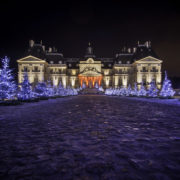
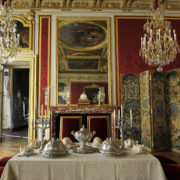



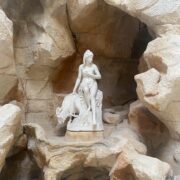


Leave a Reply
Want to join the discussion?Feel free to contribute!